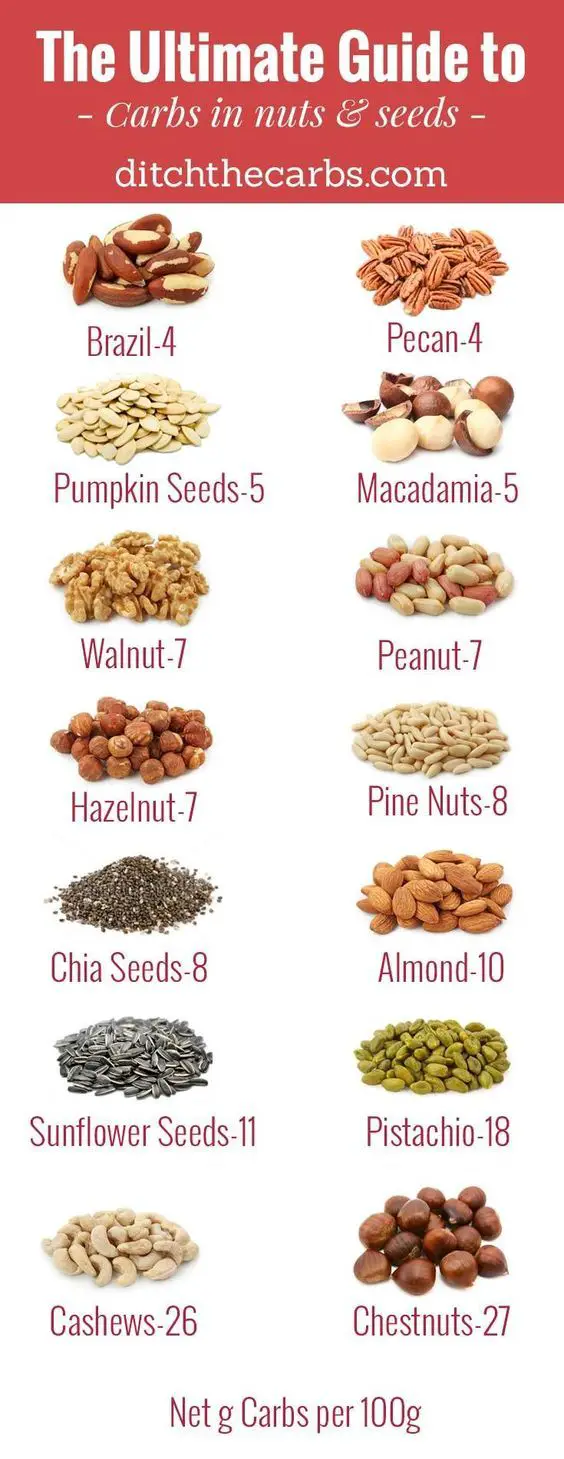The Ketogenic Diet, also referred to as the Ketosis Diet, or Keto for short, is a way of eating that mimics the effects of fasting. By consuming a diet rich in quality fats, adequate in protein, and low in net carbohydrates (total carbs minus fiber), the body’s metabolism begins to utilize fat as its main source of fuel, rather than carbs. This shift has profound effects on metabolism for both the sick and healthy alike. The diet shows promise for improving or reversing many neurological conditions and metabolic disorders. For the healthy, the diet represents a tool for preventing chronic disease, as well as optimizing cognition and body composition (i.e. fat loss).
The “keto” in a ketogenic diet comes from the fact that it allows the body to produce small fuel molecules called “ketones.”This is an alternative fuel source for the body, used when blood sugar (glucose) is in short supply.When you eat very few carbs or very few calories, the liver produces ketones from fat. These ketones then serve as a fuel source throughout the body, especially for the brain.The brain is a hungry organ that consumes lots of energy every day, and it can’t run on fat directly. It can only run on glucose – or ketones.
A “typical” ketogenic diet consists of at least 70 percent of calories derived from fat, less than 10 percent from carbs and less than 20 percent from protein. The ketogenic diet, long used to treat epilepsy in children, calls for 90 percent of daily calories to come from fat, with the amount of protein or carbs varying as long as it’s 4 grams of fat for every combined 1 gram of carb and protein, according to the American Epilepsy Society. That can mean chowing down on a lot of cheese, butter, eggs, nuts, salmon, bacon, olive oil and non-starchy vegetables such as broccoli, cauliflower, greens and spinach. For the arithmetic-challenged, apps and online programs can do the math for you. (No matter what, the keto diet is vastly different than the USDA dietary recommendations of 45 to 65 percent of one’s total calories to be carbohydrates, 20 to 35 percent from fat and 10 to 35 percent from protein.)






